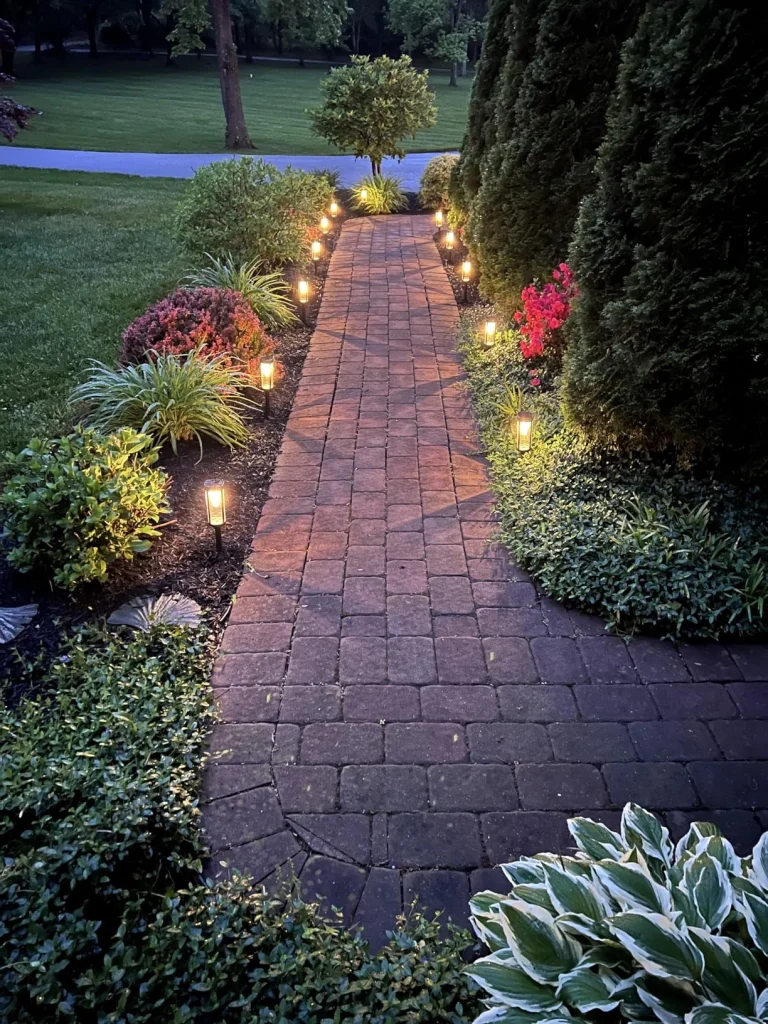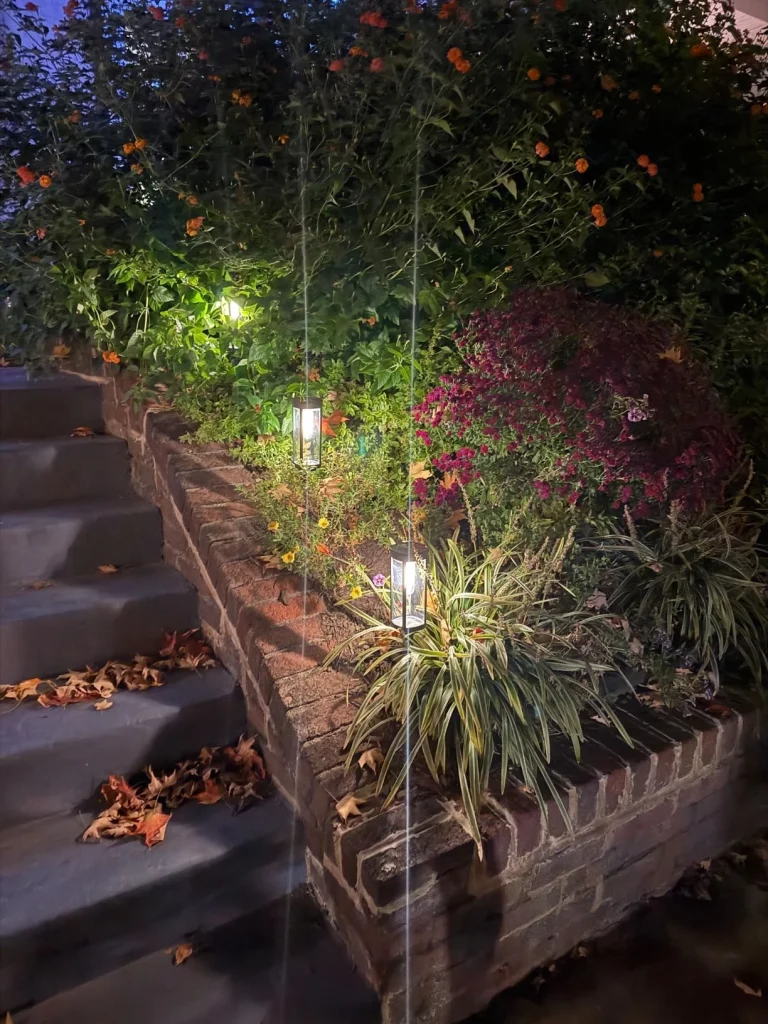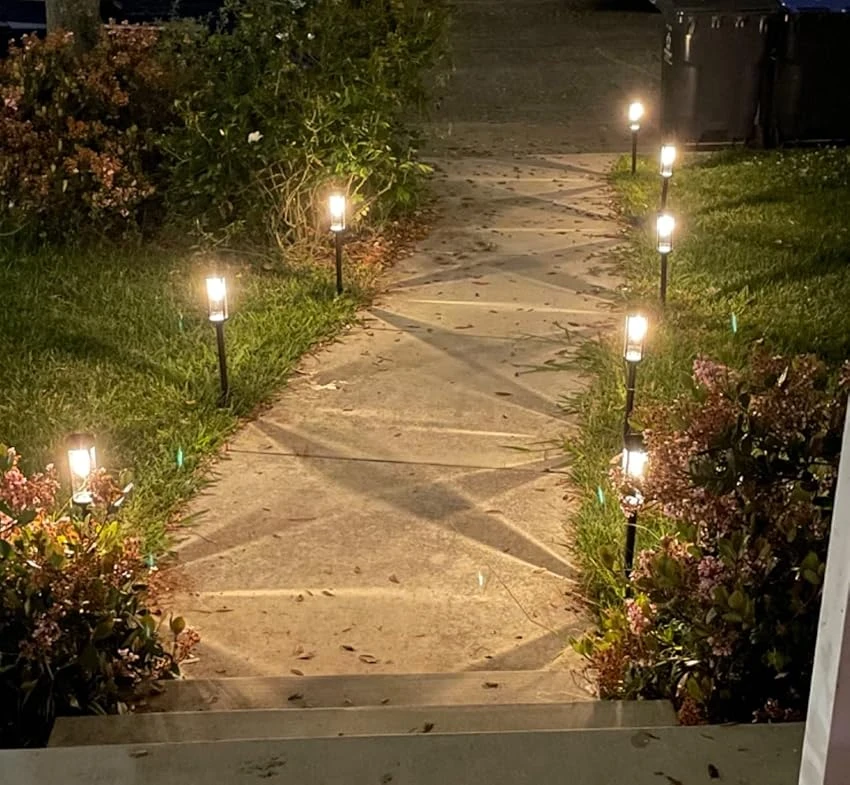At dusk, solar garden lights should transform your garden into a glowing haven, but too often, they flicker out, leaving paths dark. My neighbor recently pointed to his dim solar pathway lights and groaned, “They’re barely brighter than fireflies after six months.” If your lights have “fallen asleep,” don’t despair. Here’s why solar light problems occur and how to revive your garden lighting with simple maintenance.

Battery Woes and the Solar Panel “Dust Curse”
The heart of most solar light problems is the battery. Older solar garden lights with nickel-cadmium batteries age fast, losing storage capacity after 1-2 years of harsh weather. Last summer, my poolside lights’ batteries, scorched by heat, lasted half as long. Meanwhile, dust and leaves on solar panels can cut energy conversion by 40%. In a test, I found a cleaned panel powered solar pathway lights even on cloudy days, while a dirty one barely worked in sunlight. Clean solar panels on lights monthly to keep them charging efficiently.
Light Decay and Waterproofing Pitfalls
Cheap LEDs suffer from LED light decay, losing 30% brightness yearly. Lights that once lit up flowerbeds now seem foggy, misleading you to blame the battery. Worse, non-waterproof solar pathway lights (below IP65 rating) fail after heavy rain. I’ve opened waterlogged lights to find rusted circuits—a costly lesson. Choose IP65 solar lights to ensure durability and avoid solar light problems in storms.

Tailoring Your Garden’s Glow
Fixing solar light problems starts with choosing the right setup. For small townhouse yards, 20-50 lumen warm white solar garden lights, spaced 3-4 meters, create a cozy path without disturbing neighbors. In larger gardens, 80-100 lumen solar pathway lights along walkways, paired with 150-lumen spotlights for statues, make every corner shine. For estates with lawns or pools, smart solar lights with 200-300 lumens, app-controlled for seasonal tweaks, elevate garden lighting to art.
Maintenance Secrets for Lasting Brilliance
Treat solar light maintenance like garden care. Wipe panels monthly with a soft cloth to boost lifespan by 30%—I clean mine while mowing the lawn. In winter, tilt panels to 50 degrees for optimal sunlight. If your solar garden lights stay dim despite sunny days, replace nickel-cadmium with lithium batteries for a quick fix. These outdoor lighting tips keep your eco-friendly lighting glowing strong.
Conclusion
Solar garden lights are more than eco-friendly lighting—they’re a lifestyle choice. By understanding why solar lights stop working and mastering solar light battery maintenance, you can revive dim bulbs and prevent future failures. With how to fix solar garden lights in your toolkit, transform your garden into a starlit retreat every night.

Comments